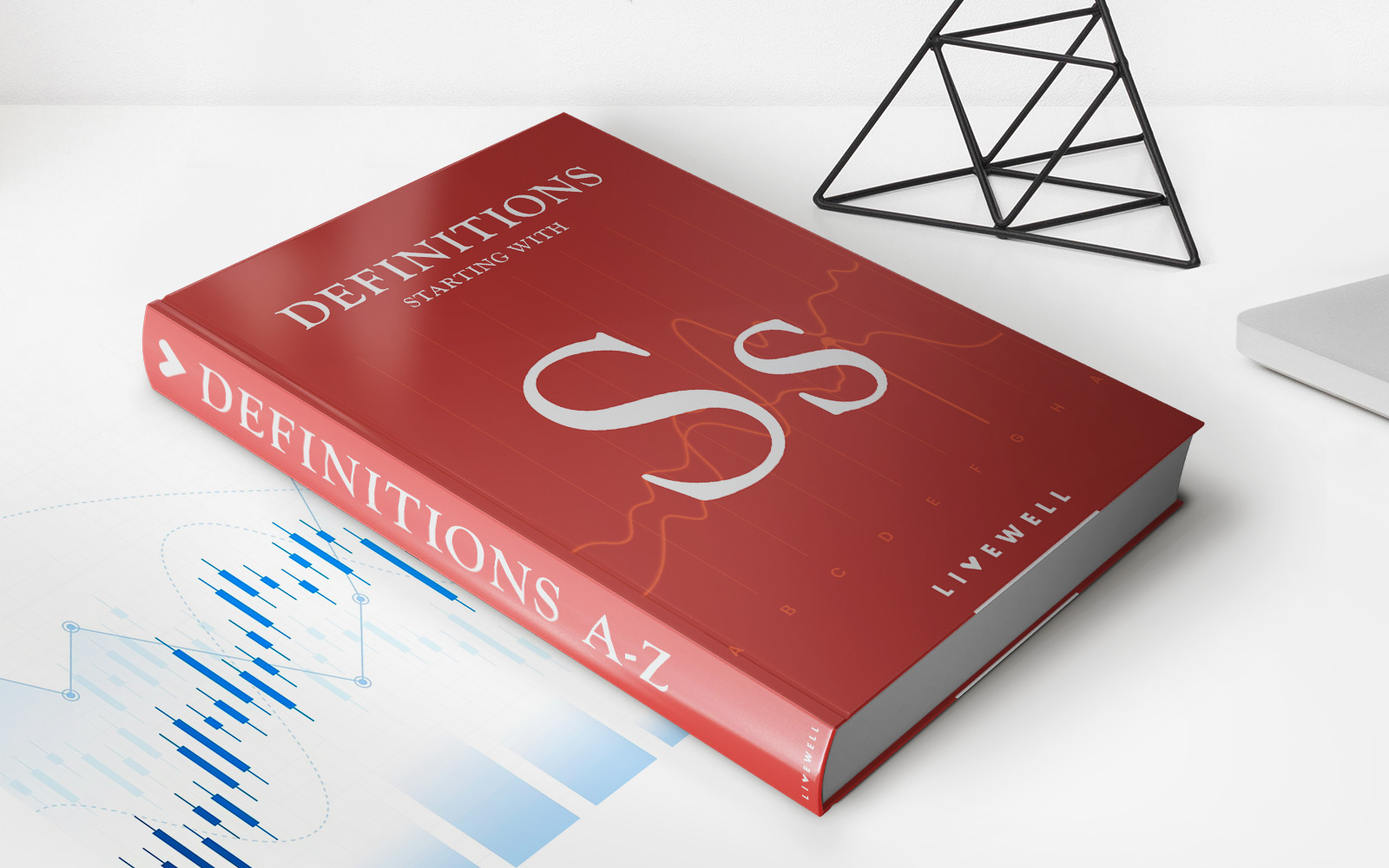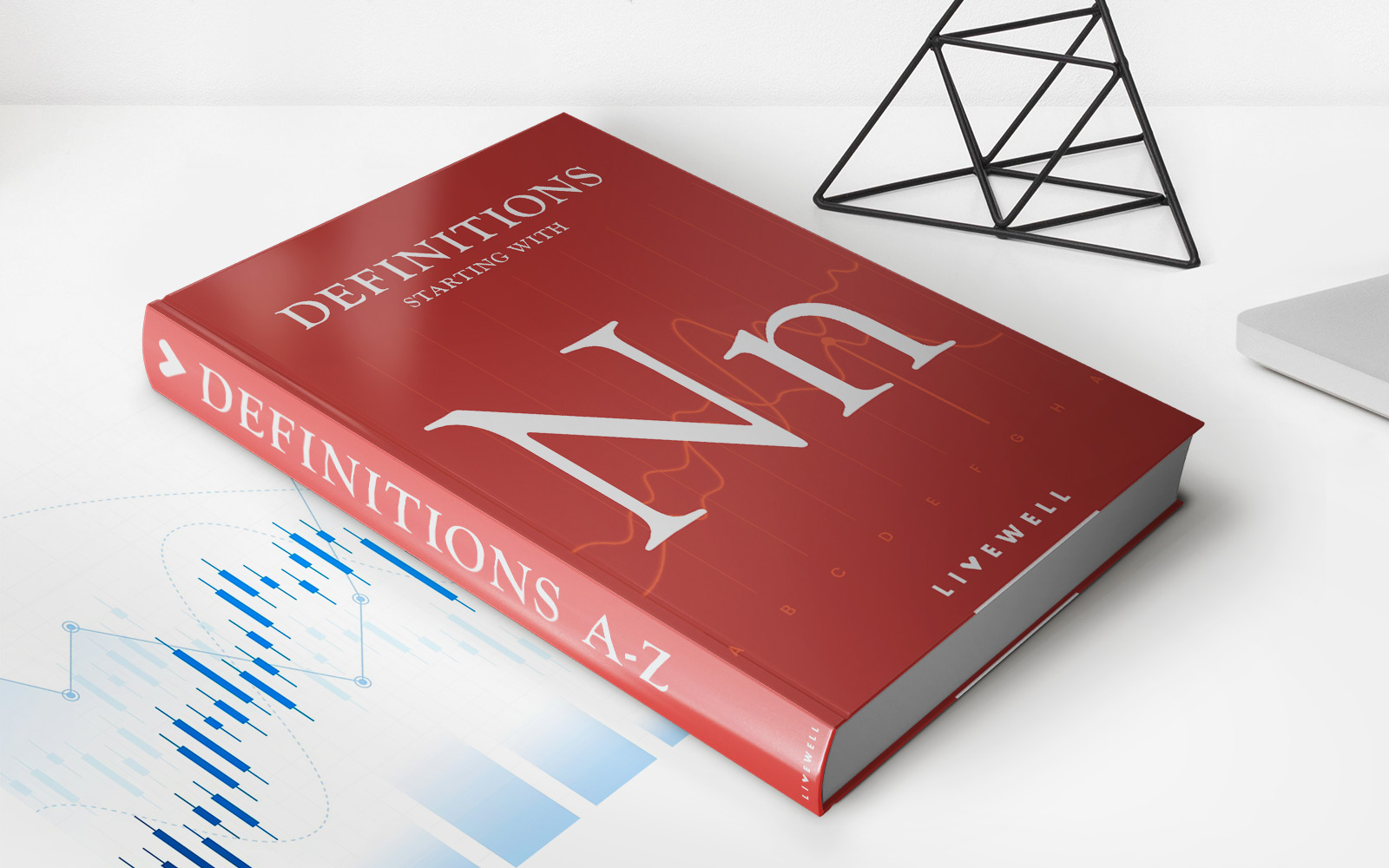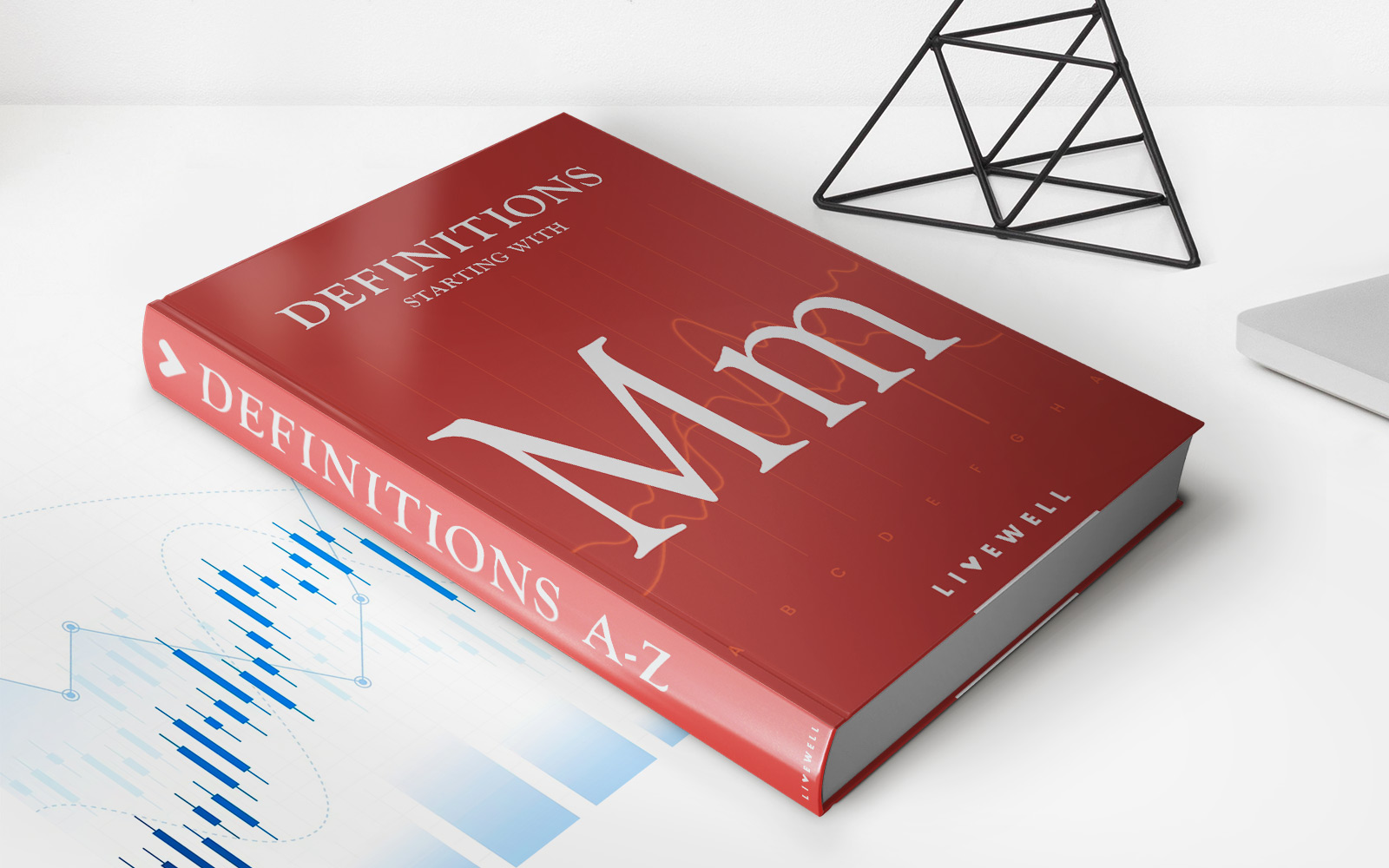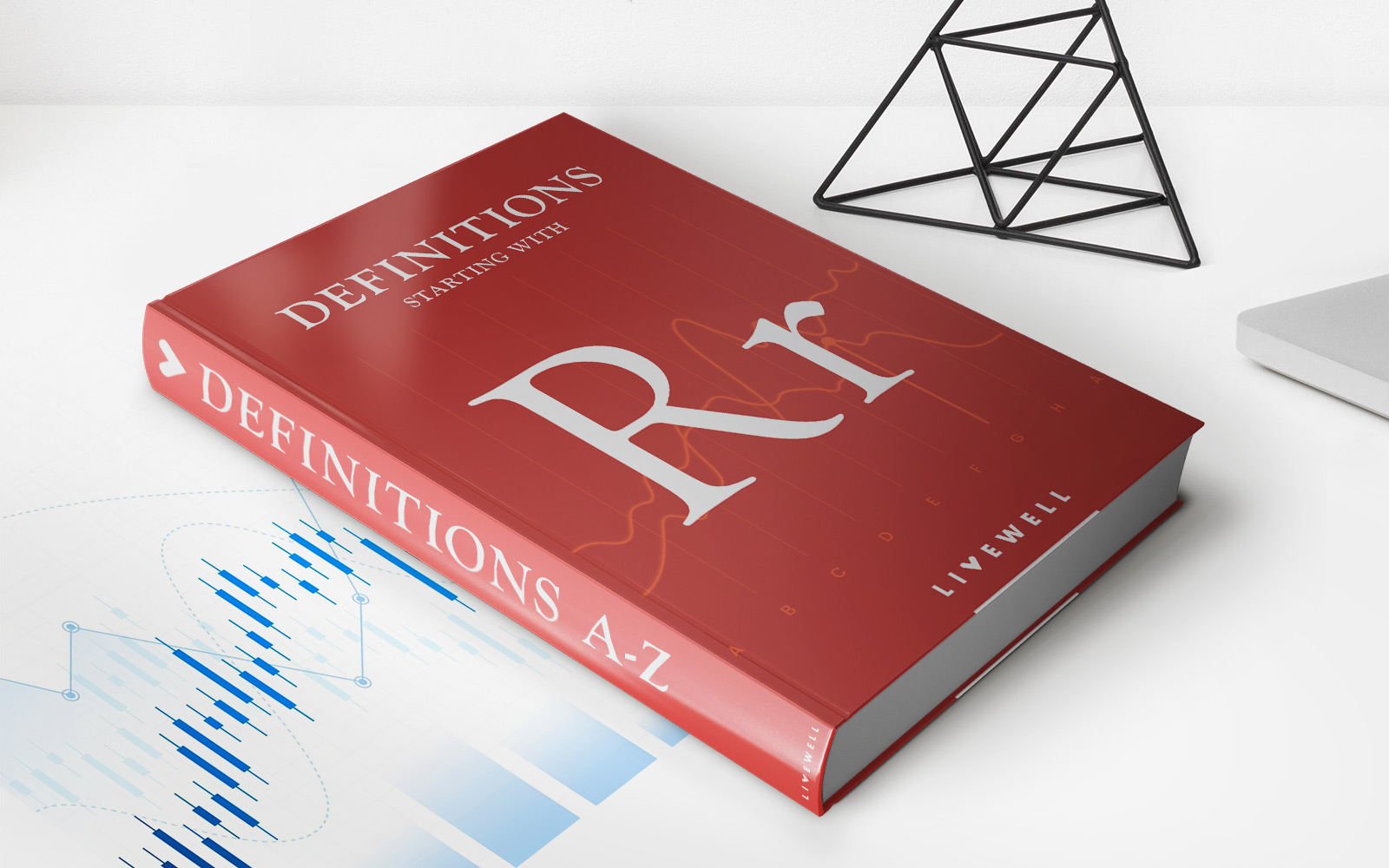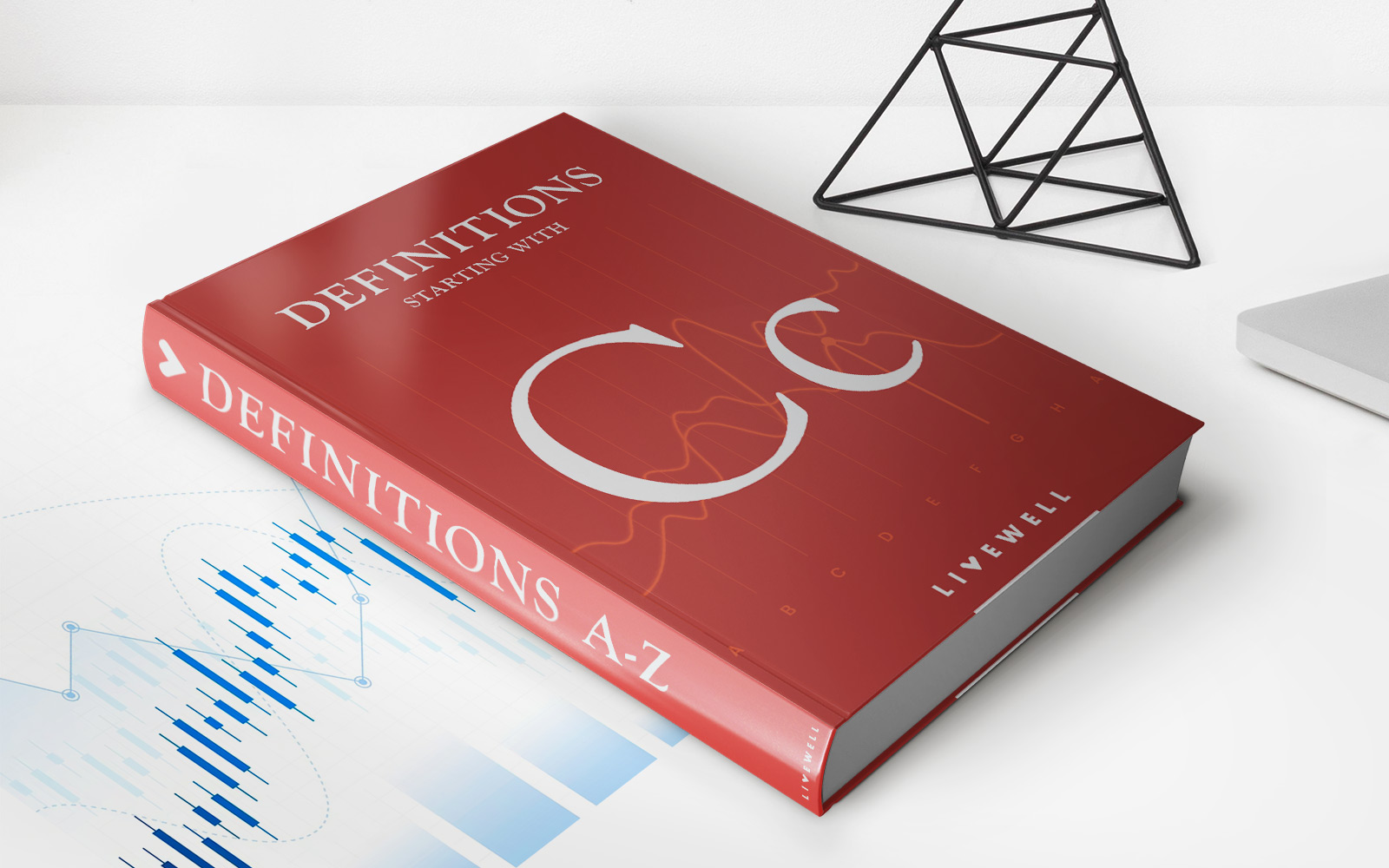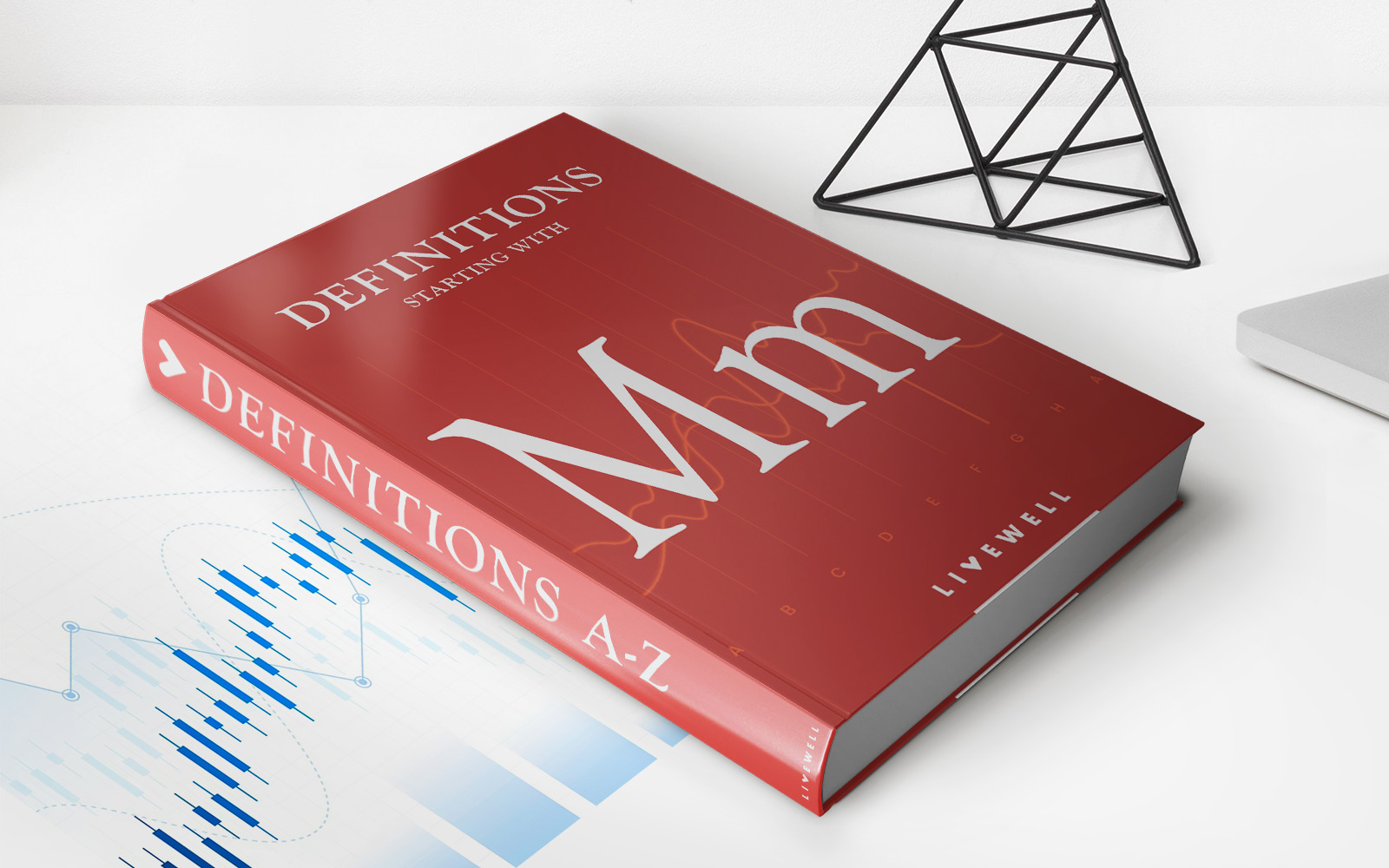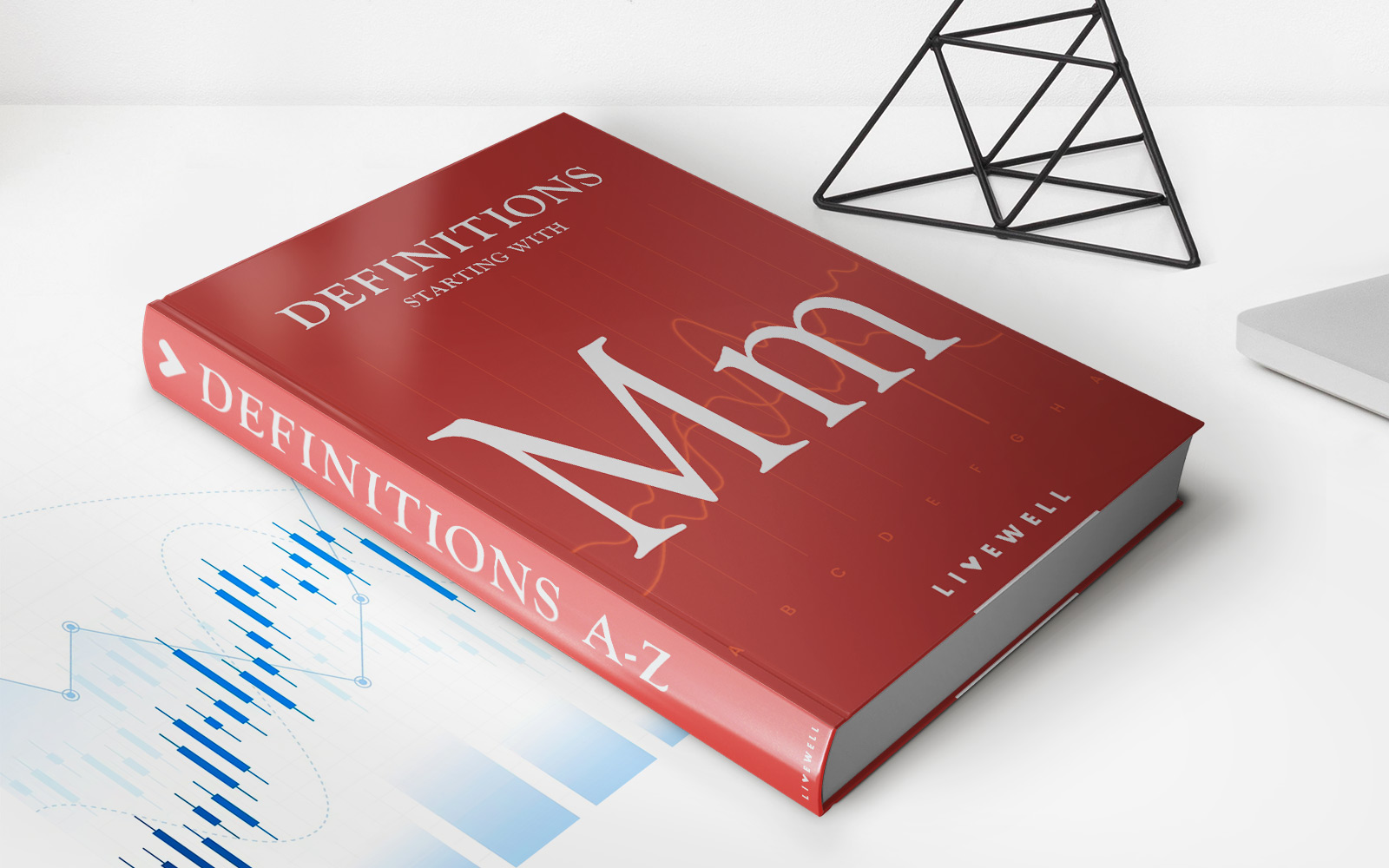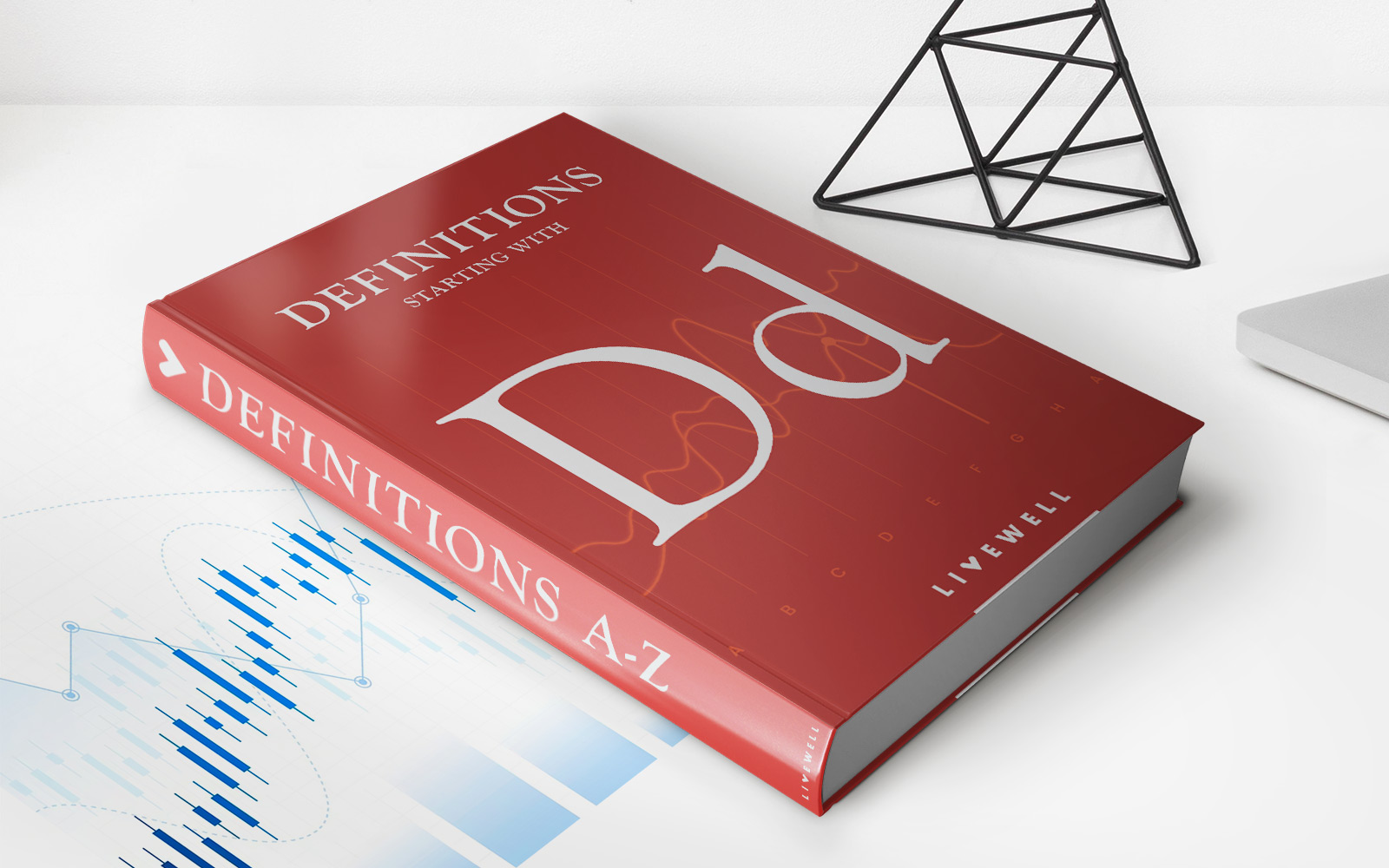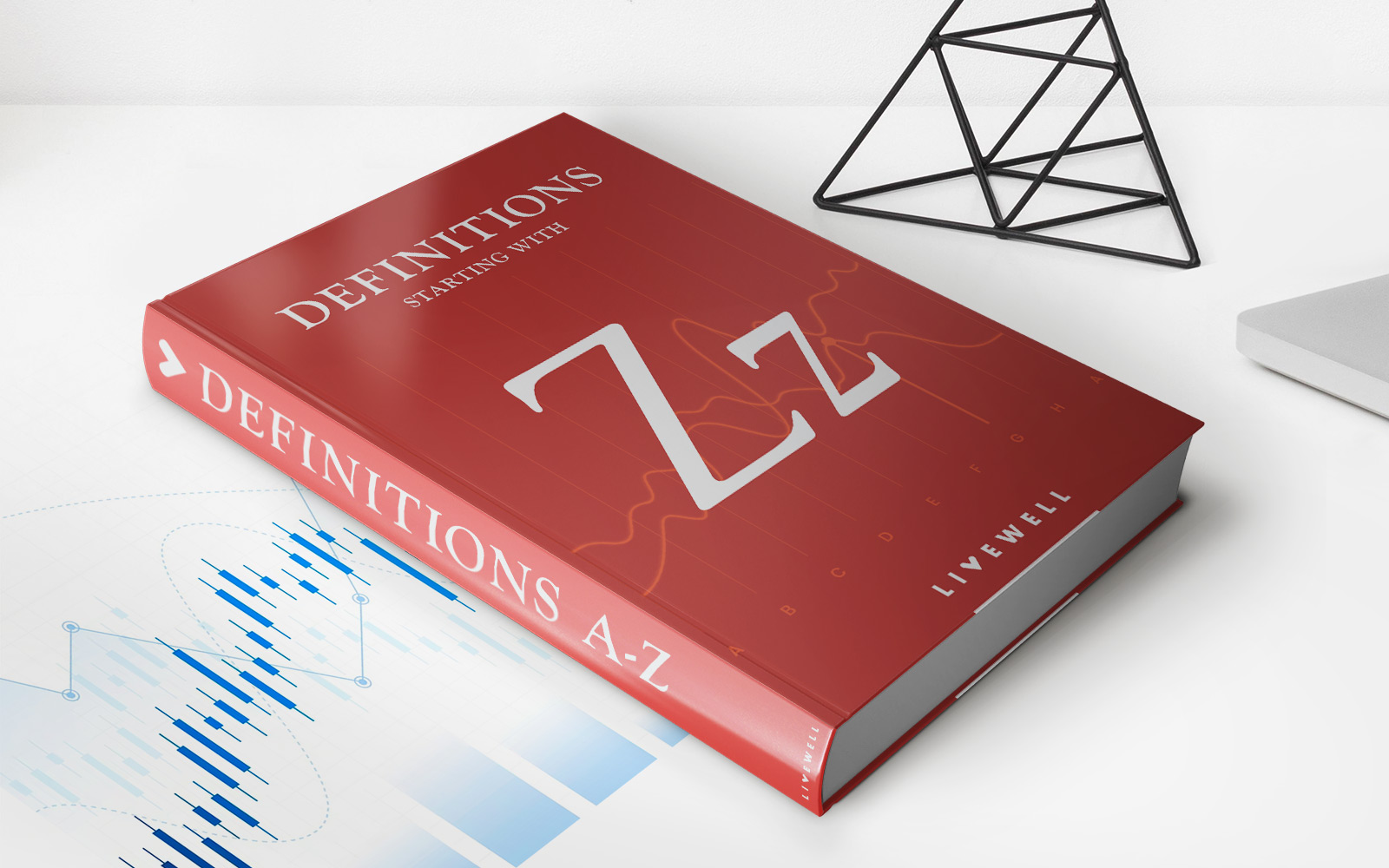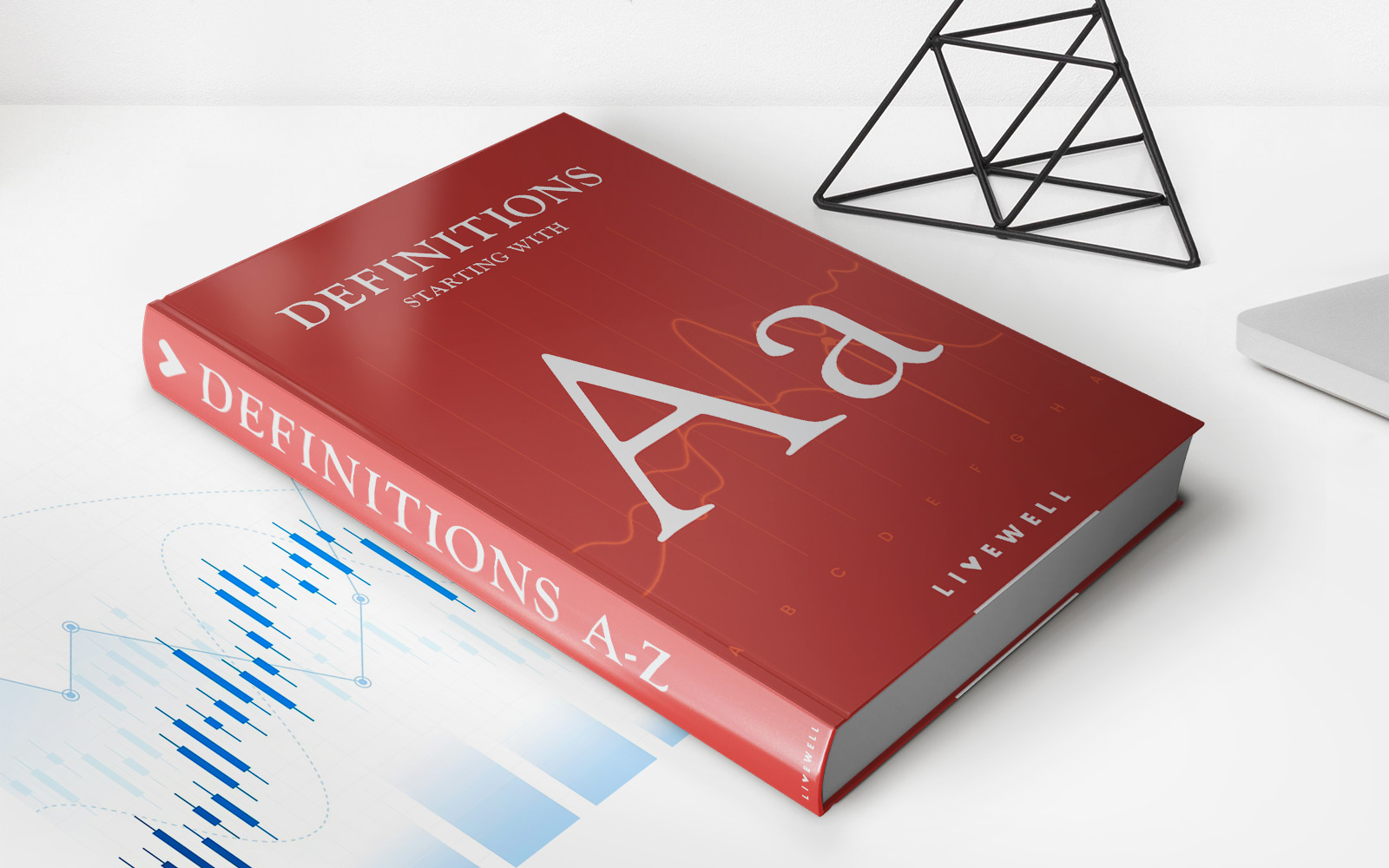Home>Finance>Common-Pool Resource: Definition, How It Works, And Examples
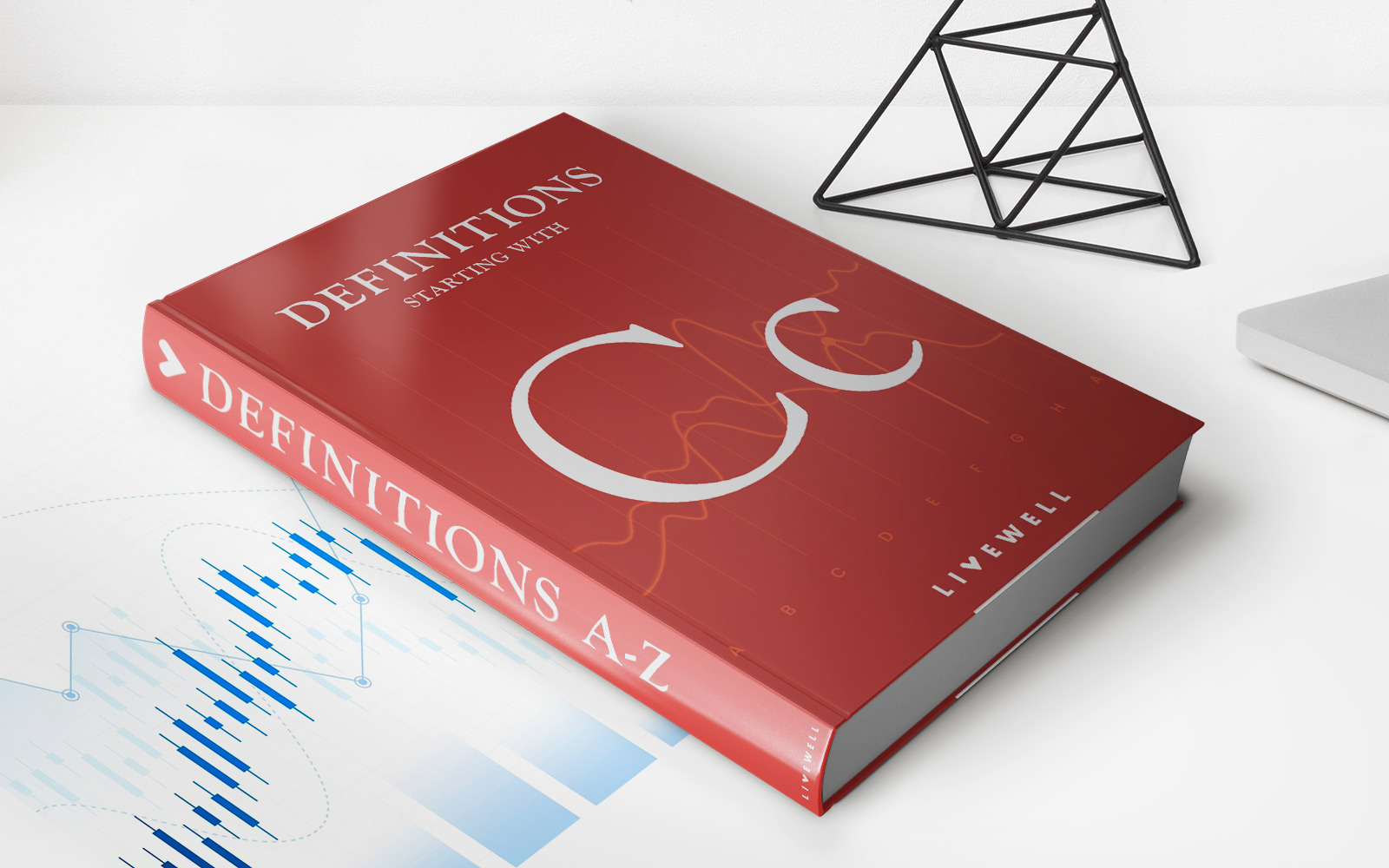

Finance
Common-Pool Resource: Definition, How It Works, And Examples
Published: October 30, 2023
Learn the definition of common-pool resources, how they work, and explore real-world examples in finance. Discover how to manage these shared resources effectively.
(Many of the links in this article redirect to a specific reviewed product. Your purchase of these products through affiliate links helps to generate commission for LiveWell, at no extra cost. Learn more)
The Common-Pool Resource: Definition, How It Works, and Examples
Do you ever wonder how certain resources, like fisheries, forests, or even the internet, are managed when they are collectively owned? That’s where the concept of a common-pool resource comes into play. In this blog post, we will explore what a common-pool resource is, how it works, and provide examples to help you understand this fascinating concept.
Key Takeaways:
- A common-pool resource (CPR) is a type of resource that is collectively owned and managed.
- In order to avoid overuse or depletion, common-pool resources often require rules or regulations for their sustainable management.
Definition of Common-Pool Resource
A common-pool resource, also known as a CPR, refers to a type of resource that is collectively owned and managed by a group of individuals or communities. These resources are typically characterized by two key components:
- Excludability: Common-pool resources are non-excludable, meaning that it is difficult or costly to exclude individuals or groups from accessing and using the resource. This makes it challenging to limit use to ensure its sustainability.
- Rivalry: Common-pool resources have a rivalrous nature, which means that the consumption or use of the resource by one individual diminishes the availability or quality of the resource for others.
Due to their unique characteristics, common-pool resources often face challenges related to sustainable management. Without proper regulations or mechanisms in place, these resources may become overused or depleted, leading to detrimental effects on both the resource itself and the communities relying on it.
How Common-Pool Resources Work
The management of common-pool resources requires a delicate balance between the collective interests of the resource users and the need for sustainable use. To achieve this, various strategies and mechanisms have been implemented:
- Rules and Regulations: Many common-pool resources are managed through rules and regulations set by the resource users themselves or by external governing bodies. These rules may include quotas, restrictions on access, or guidelines for sustainable harvesting.
- Collective Action: Effective management often requires collective action, where resource users collaborate and coordinate their efforts to ensure the long-term sustainability of the resource. This can involve creating user groups, implementing monitoring systems, and establishing communication channels.
- External Interventions: In some cases, external interventions such as government interventions or the involvement of third-party organizations may be necessary to manage common-pool resources effectively. These interventions can provide legal frameworks, technical assistance, or financial support to facilitate sustainable management.
Examples of Common-Pool Resources
Common-pool resources can be found in various domains, from environmental resources to digital assets. Here are a few examples:
- Fisheries: Shared fishing grounds or fish stocks are a classic example of common-pool resources. To maintain fish populations and prevent overfishing, regulations may be imposed, such as fishing season restrictions or catch limits.
- Forests: Forests are often considered common-pool resources as they provide numerous benefits to communities. Sustainable management practices, such as selective logging or reforestation programs, are essential to maintain the ecological balance and supply of timber.
- Internet: The internet can be seen as a digital common-pool resource. Policies and mechanisms, such as net neutrality or copyright laws, are put in place to ensure equitable access, fair use, and protect intellectual property rights.
These examples illustrate why effective management of common-pool resources is crucial for preserving resources, promoting sustainability, and supporting the communities that depend on them.
Conclusion
The concept of a common-pool resource bridges the gap between individual ownership and collective management. Understanding how these resources work and the challenges they present is vital for developing sustainable strategies that ensure their long-term availability and benefit the communities they serve. By implementing appropriate rules, promoting collective action, and considering external interventions, we can safeguard common-pool resources and promote their responsible use for the generations to come.

